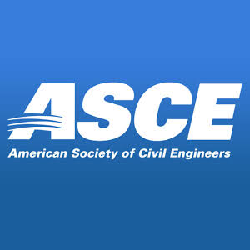SUMMARY
This paper presents test results on eight reduced beam section (RBS) steel moment connections. The testing program addressed bolted versus welded web connection and panel zone (PZ) strength as key variables. Specimens with medium PZ strength were designed to promote energy dissipation from both PZ and RBS regions such that the requirement for expensive doubler plates could be reduced. Both strong and medium PZ specimens with a welded web connection were able to provide satisfactory connection rotation capacity for special moment-resisting frames. Specimens with a bolted web connection performed poorly due to premature brittle fracture of the beam flange at the weld access hole. If fracture within the beam flange groove weld was avoided using quality welding, the fracture tended to move into the beam flange base metal at the weld access hole. The measured strain data showed that the classical beam theory dose not provide reliable shear transfer prediction in the connection. Criteria for a balanced PZ strength that improves the plastic rotation capacity while reduces the amount of beam distortion are also proposed.








